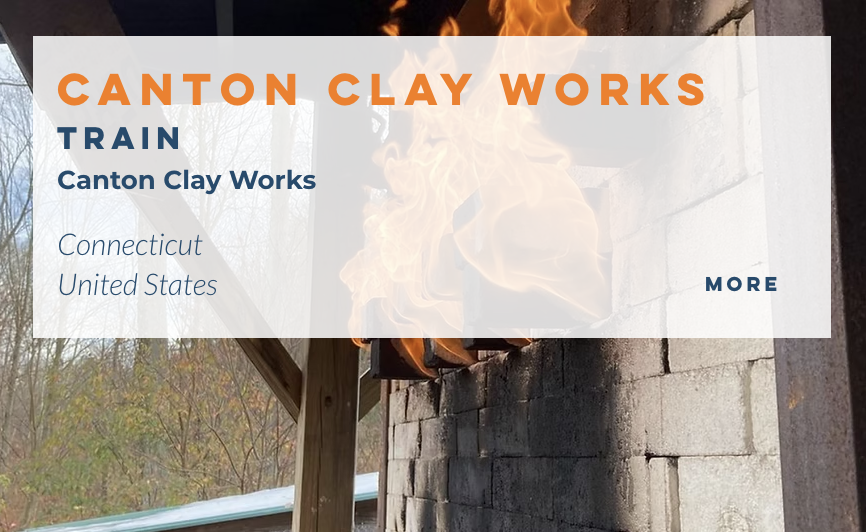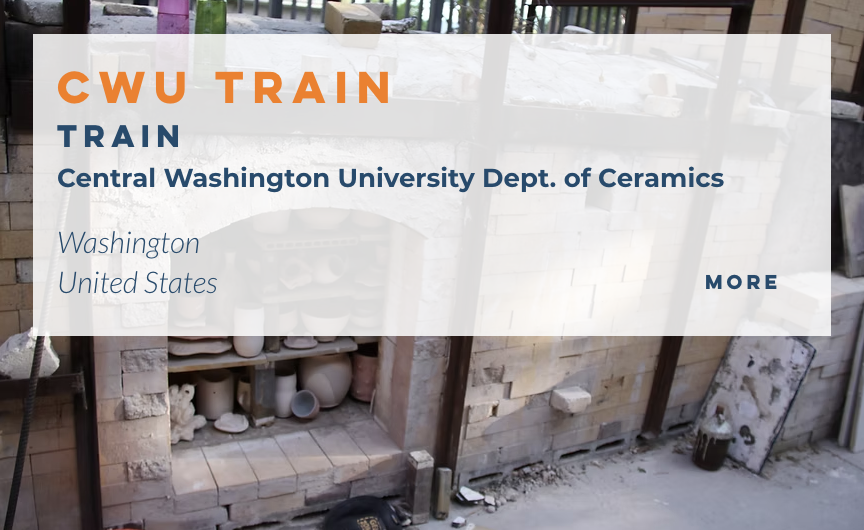John Neely, kindness, and the train kiln
I'm not one of the people who worked closely with John—their loss is far more personal than mine—but just a week before he passed, he gave me a token of his kindness and a memory to cherish. And to think I came very close to missing it.
See, I wanted to study with John. In the fall of 2023, driving home from Simon Levin's place in Illinois (where, fittingly, we fired his train kiln), I took a detour in Utah to go look at John's kilns at Utah State University, where he taught. Instead of a stealth kiln yard visit, I ended up crashing a meeting with his students. I exited as fast and politely as I could, and told my husband: “That guy… he invented train kilns.” I was starstruck.
John Neely - Source: woodfirenc.com
Earlier this year, I applied to Utah State's MFA and was rejected. I received other rejections—and, for that matter, acceptances—but this one stung.
Fast forward to the Woodfire NC conference two weeks ago, which John helped organize and I attended as a speaker. Meeting a friend there who was also a USU reject, we joked about theatrically storming up to him: Yo, John? Recognize our names from the rejection pile? Quick question: how dare you? More seriously, I did think about approaching him, but figured he wouldn't know who I was, and if he did it would be awkward. I let it go.
On Sunday, May 25th, the conference was closing as the kilns from the pre-conference firings were being opened. I was feeling blue that day, and even though I had planned to drive around Seagrove to look at warm pots, when I got in the car I realized I only had the energy to go back to the hotel and take a nap before flying home. However, and I remember this distinctly, when I was pulling out of the Starworks parking lot I thought to myself: “Good things happen at kiln openings. Go.” So I drove to Takuro and Hitomi's studio.
As soon as I arrived, Takuro came over. It turns out that John had been looking for me the entire conference and had just reminded Takuro we had yet to meet. He wanted to explain to me why I wasn't selected for the program. Can you imagine? Takuro introduced us, and we chatted briefly about my portfolio, USU's requirements, the program I'll be attending (he already knew about that), and my talk at the conference (he missed it, but was excited to watch the recording). By the end of the conversation, the sting of that rejection had passed.
This was the highlight of the conference for me. And I'm grateful that, beyond kilns, John's legacy to me is his kindness.
I repeat to you what my gut told me that day—take it as advice: good things happen at kiln openings. Go.
The train kiln and us
John and his kiln challenge the idea that merit and authenticity come from hardship. Train kilns bridge a gap between tradition and accessibility that I don't think many people even realized was there until John named it.
They are the embodiment of ideas about what we choose to preserve and what we're willing to evolve when we fire with wood—adapting centuries-old processes to contemporary realities, being more efficient without losing depth.
They make firings more manageable—smaller crews, less time, fewer resources needed to build and fire—without sacrificing the magic that drew us to the process in the first place.
John and his kiln helped keep wood firing alive. Now we carry it forward.
a few train kilns from Flash & Ash
To help me add more, go here.





